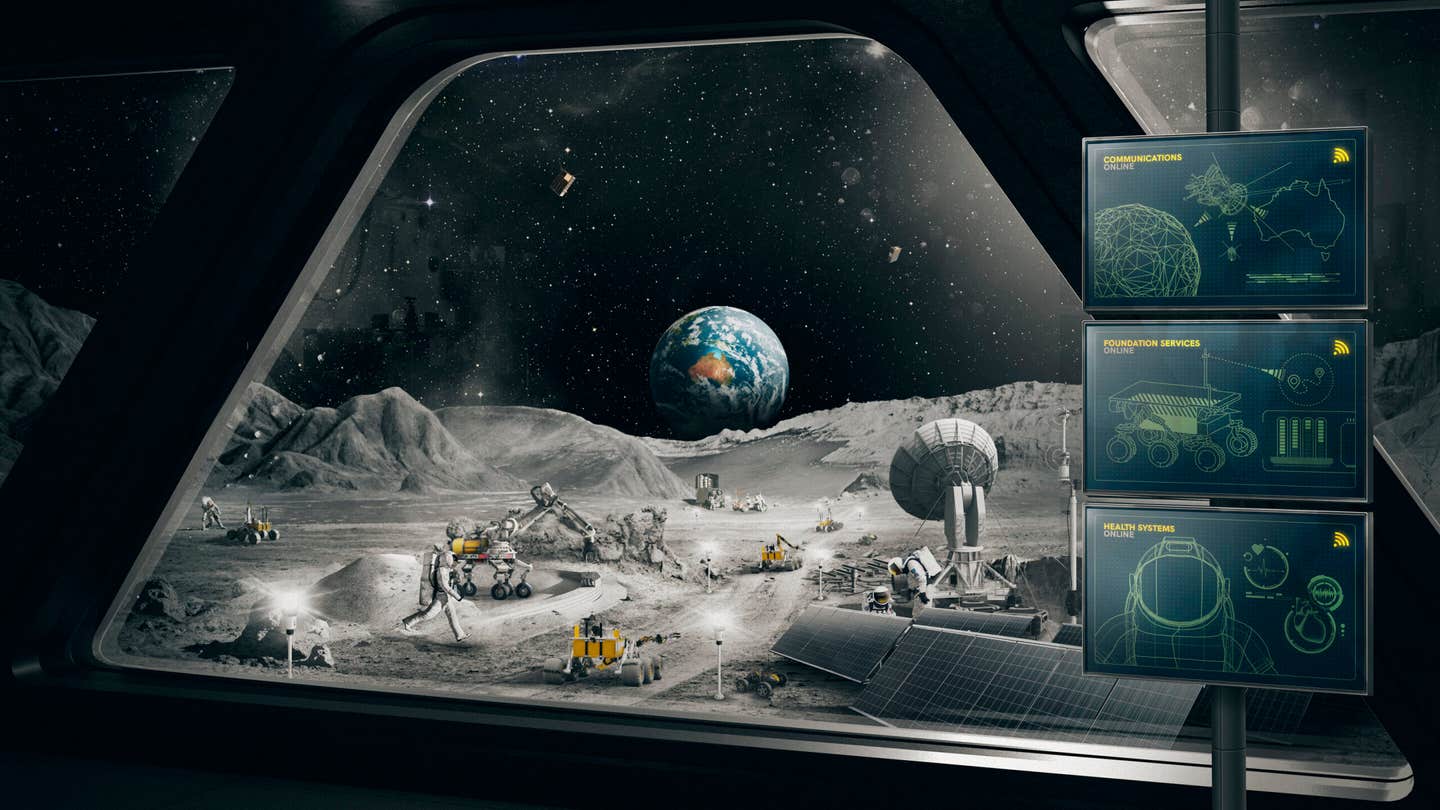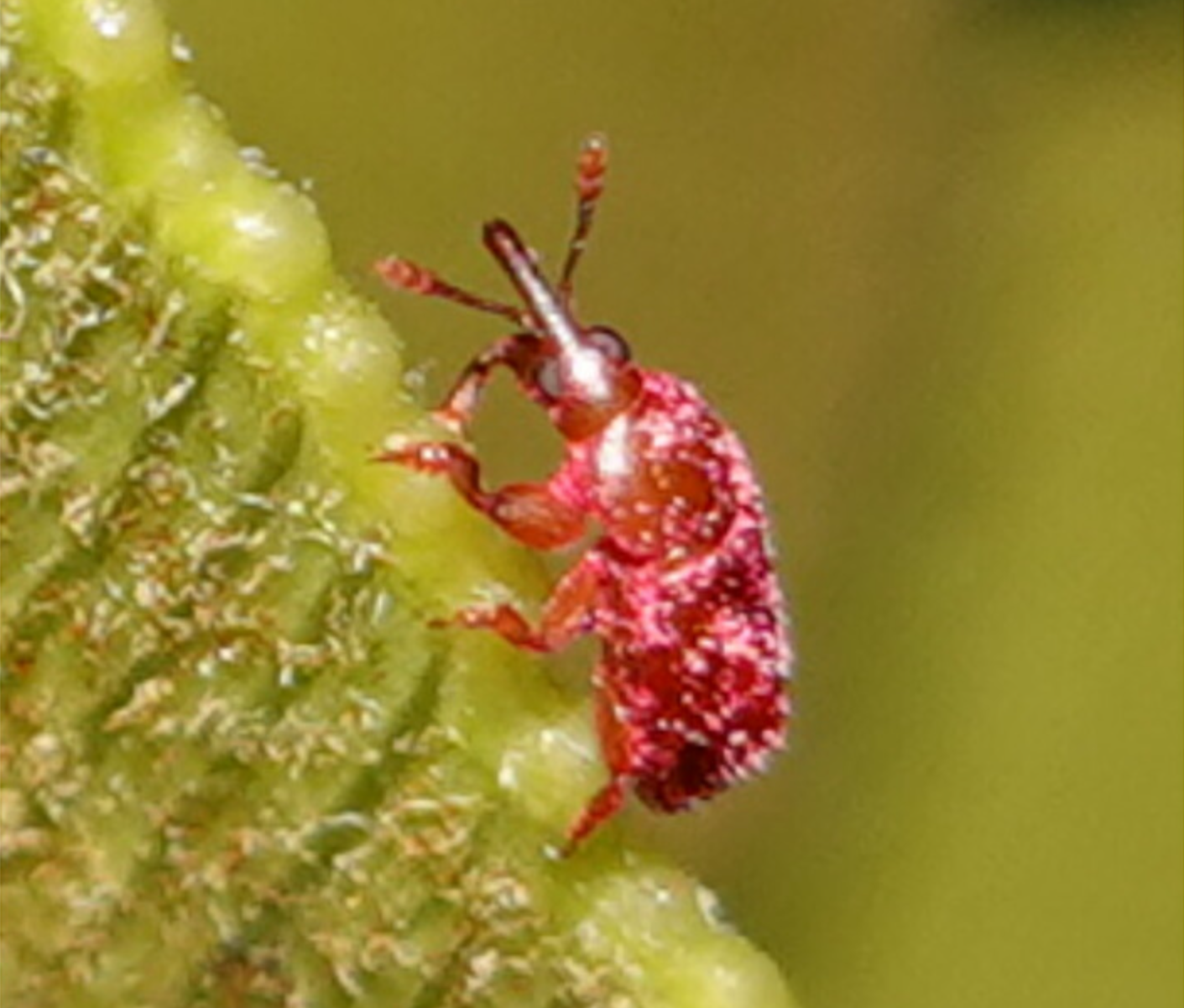Australia plans lunar rover to help NASA find oxygen on moon
Australia has agreed to build a 20-kilogram (44-pound) semi-autonomous lunar rover for NASA to take to the moon as early as 2026.

[Oct 13, 2021: The Brighter Side of News]
In this undated image released by the Australian Space Agency, an imagined scene on the moon is depicted. (Credit: Australian Space Agency via AP)
Australia has agreed to build a 20-kilogram (44-pound) semi-autonomous lunar rover for NASA to take to the moon as early as 2026 in search of oxygen.
The rover would collect soil that contains oxides and NASA would use separate equipment to extract oxygen from that soil, a government statement said. Oxygen extracted from the lunar surface would ultimately be used to sustain a human presence on the moon and support future missions to Mars.
Australian Space Agency deputy head Anthony Murfett said NASA had been impressed by technology used to remotely control from 1,600 kilometers (1,000 miles) huge dump trucks that transport iron ore from mines in northwest Australia.
NASA Administrator Bill Nelson said the agreement would strengthen a relationship with Australia related to space exploration that dates back more than 50 years.
The agreement depends on the rover meeting a range of conditions during its development
Like these kind of feel good stories? Get the Brighter Side of News' newsletter.
Tags: #New_Innovations, #Australia_Space_Agency, #Space, #Moon_Rover, #Science, #Research, #The_Brighter_Side_of_News



